In Pursuit of Usability The Work Innovations of Three Employees: Aiming to Create Engineering-Free, Easy-to-Implement Monitoring and Control Systems
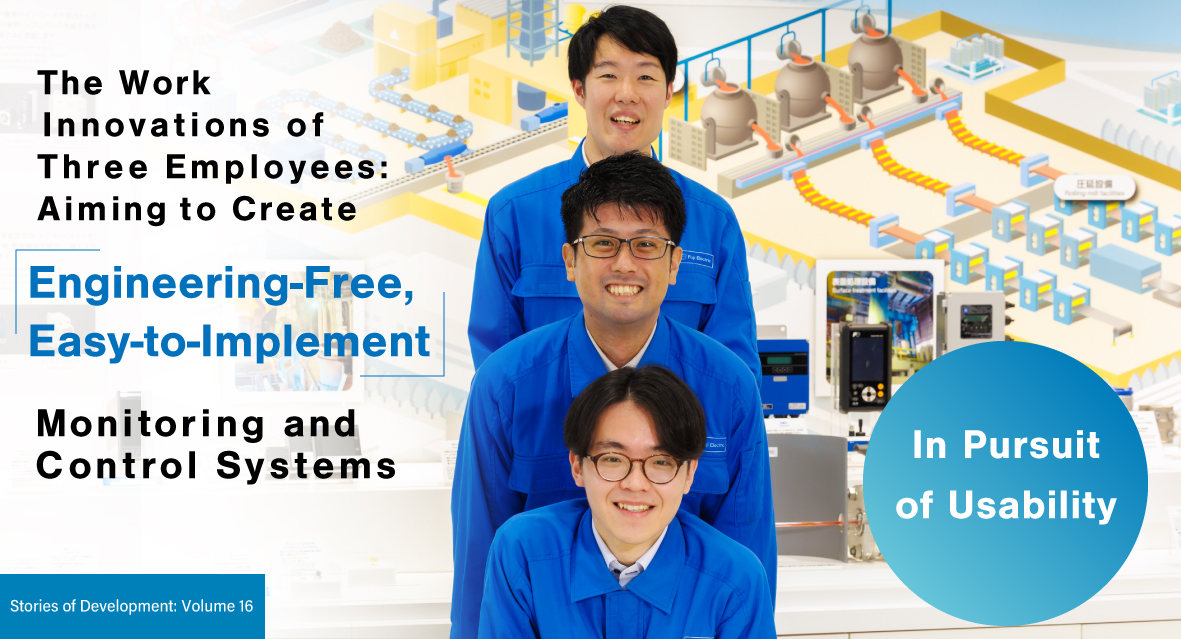
In the materials industry, where production is carried out nonstop at steel plants and chemical plants, even a brief interruption of the process can result in significant losses. In tandem with efforts to automate production processes themselves, monitoring and control systems have been introduced to manage equipment operations and track their status in real time, helping to prevent conditions that can cause disruptions before they occur. In recent years, these monitoring and control systems have become increasingly important, with energy conservation at production sites being highlighted as an urgent step toward decarbonization.
An established player in monitoring and control systems since the 1990s, Fuji Electric is now working to enhance the functionality of the “MICREX-VieW FOCUS Evolution,” which was launched in 2022, in pursuit of usability. We spoke to three employees involved in developing this product, carrying on the batons of technology and history that have been handed down over three decades.
Growing together since immediately after joining the company
Monitoring and control systems collect measurement data on the production lines and equipment of plants and factories to check whether they are operating correctly. They are particularly crucial in large-scale factories where mass production is carried out. However, implementing such systems required engineers with in-depth knowledge of the factory to handle tasks like programming and network setup, making it labor- and resource-intensive, which was a major drawback.
The goal of our current functional enhancement efforts is to solve this problem.
For example, we aim to allow engineering to be carried out using drag and drop operations and other simple commands. Mr. Komatsu of the HMI Technology Development Department, who joined the company in 2020, says that he focused on developing a system designed to be easy for even less-experienced young engineers to use.
-
Note
-
HMI refers to the screens used to operate and monitor such systems.
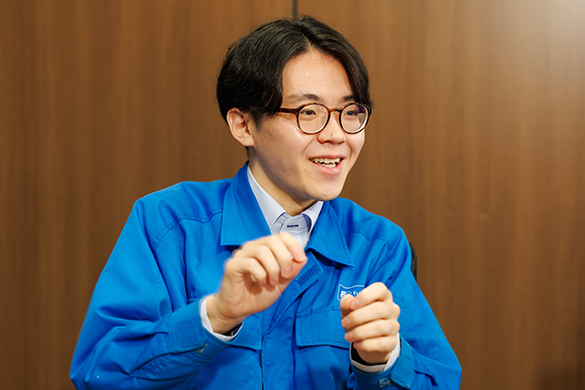
“Amid the growing labor shortage, young engineers are also working on-site as immediate assets. However, the problem is that due to their inexperience, the engineering work required to implement monitoring and control systems has been taking a lot of time. To address this issue, we are reducing the burden on users by automating the manual system start-up process.”
We also plan to include “multi-engineering” capabilities that allow multiple engineers to access and work on the system simultaneously.
“Since joining the company, I have been involved in the development of MICREX-VieW FOCUS Evolution. Once again, I was fortunate to witness firsthand how new features were added one after another, including support for more types of data and a more user-friendly monitoring screen. On top of that, when I had other people try out what I had developed, they were impressed by all that it could do. My work feels very rewarding now.”
Komatsu had a particular way of viewing his challenge.
“I had heard about cases where operators overseas tried using our previous models but decided not to adopt them because they were too difficult to operate. This was our chance at redemption.”
In spite of difficulty interacting with others
Mr. Nakashima of the HMI Technology Development Department, who joined the company in 2019, is in charge of developing the screens used to operate the system. “There were a lot of upgrades this time. Given these changes, part of my role is to work on screen development in coordination with the departments in charge of internal system programming and requesting specification changes,” he says.
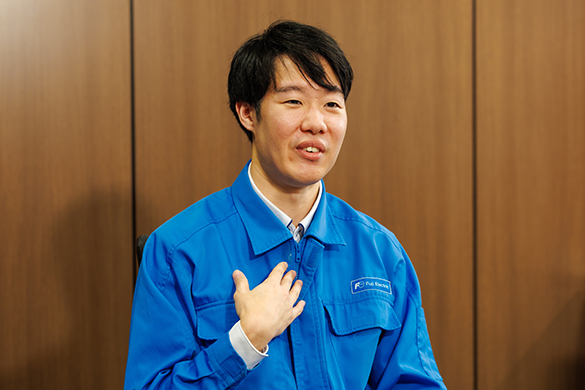
A failure to provide correct instructions may result in a significant burden of labor being placed on those in charge of development. In the worst case, the product may not turn out as expected. To prevent this, Nakashima did his best to engage in close communication.
However, he tells us that he used to struggle with interacting with large numbers of people. The employees he needed to instruct were often 10 or 20 years older than him, making him feel hesitant.
“But I worked up the courage to talk to them. As we talked, we became closer, and above all, I was surprised at how kind my senior colleagues turned out to be. The results turned out as instructed. And when our customers used the system, they were happy with it, which left me with a sense of accomplishment.”
When he first joined the HMI Technology Development Department, Nakashima had hoped to work on design and actual coding using programming languages. When asked how he feels now, he laughs, saying, “The more success I experienced, the more I realized that I really enjoy this work. Now, I might actually prefer coordination work.”
Understanding cutting-edge technology and exploring the possibilities of industry-leading products
The controller, which plays a central role in the monitoring and control system, absorbs various operational information from the factory's production facilities, such as transport speed and power consumption, and sends the data to a computer in the control room. Based on the accumulated data, the system conducts analyses and determines whether there are any abnormalities in the factory.
Mr. Takashi of the Controller Development Department, who joined the company in 2017, has researched microcomputers and other cutting-edge technologies, applying them in product development.
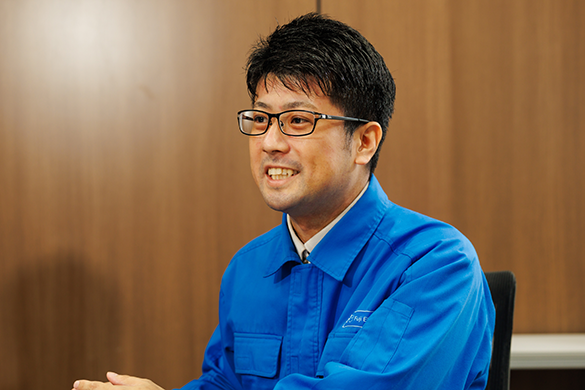
“Whenever I engage with cutting-edge technology, I get excited about how applying the technology in our development efforts might allow us to create a product that can compete at the top of the industry. With these functional enhancements, we expect to be able to increase processing speed and more than double the number of machines that can be connected to the controller.”
Takashi explains that he was particularly concerned about compatibility with other systems and equipment.
“Some customers upgrade only their controller. To ensure that the MICREX-VieW FOCUS Evolution can function properly even in cases like this, we thoroughly investigated whether any problems would occur.”
Design reviews (DR) were held to evaluate the progress of each stage of development, bringing together members of the engineering, quality assurance, manufacturing, and other departments involved in the development of the controller. At each meeting, numerous requirements were brought up.
“For example, when someone mentioned that it may be hard for people with thick fingers to plug in the connector, we changed the design to position the jack on the opposite side. Most controllers are used for at least 10 years after they’re delivered, and some customers operate them continuously for 24 hours a day. We believe it's essential not only to meet all of the anticipated needs of our customers, but also to develop the product with the next 10 years in mind,” Takashi says.
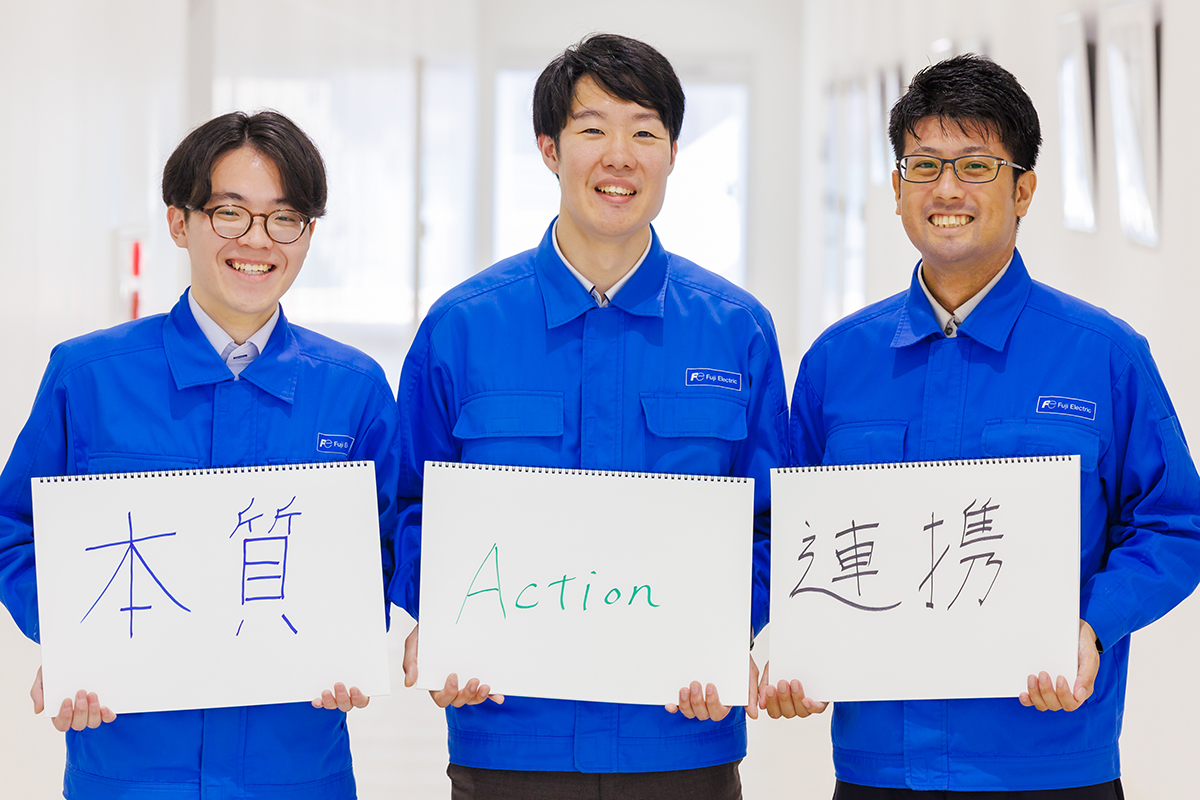
Komatsu (left) wrote the word “essence,” explaining, "In development, we must not create products that customers don’t want. What’s important is to understand the essence of what is needed." Nakashima (center), who wrote “action,” says, "When I hit a wall, I try to think for myself and take action first, rather than assign blame.” Takashi, who wrote “coordination,” relates, "To make good products, it’s necessary to coordinate with many people. This is something I learned after joining the company.”
Contributing to decarbonization by delivering integrated system packages
Steel and chemical producers are expected to invest aggressively in GX-related facilities as part of efforts to achieve carbon neutrality by 2050.
In light of this, Fuji Electric's strength is its ability to provide not only control panels for managing power and essential instruments for plant operations, but also energy management systems (EMS), all in one integrated package. Combining an EMS with other systems allows customers to conserve energy and contribute to decarbonization.
Efforts to advance plant and factory automation and efficiency by fully meeting customer needs are driven by young engineers who are passionate about development.
Recommended
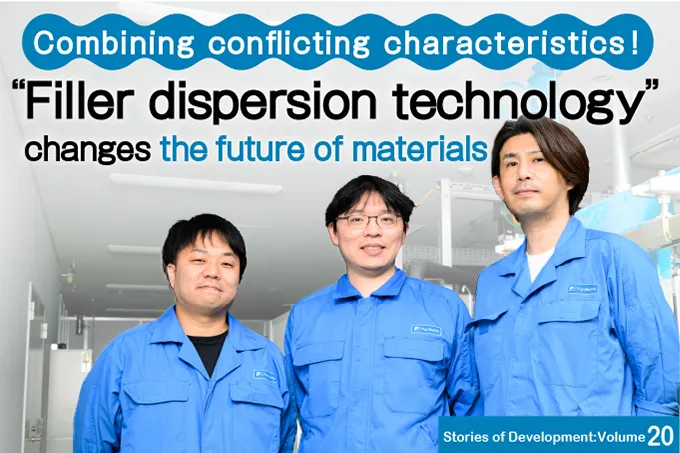
October 31,2025
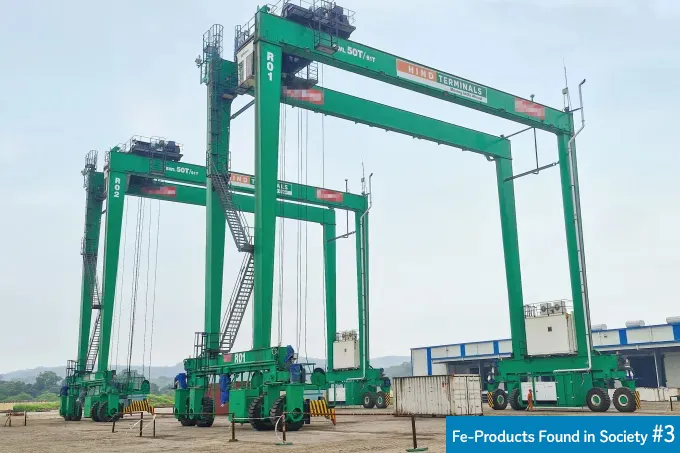
July 30,2025
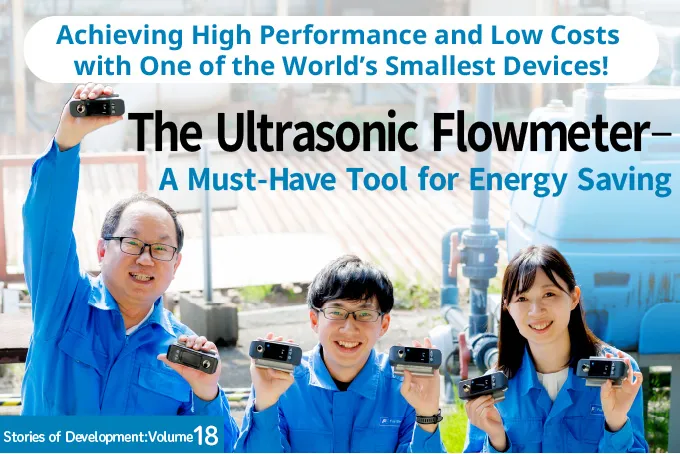
July 28,2025
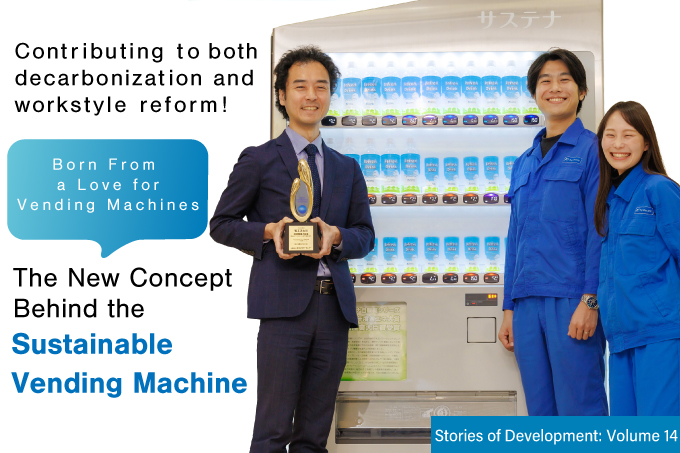
May 13,2025
